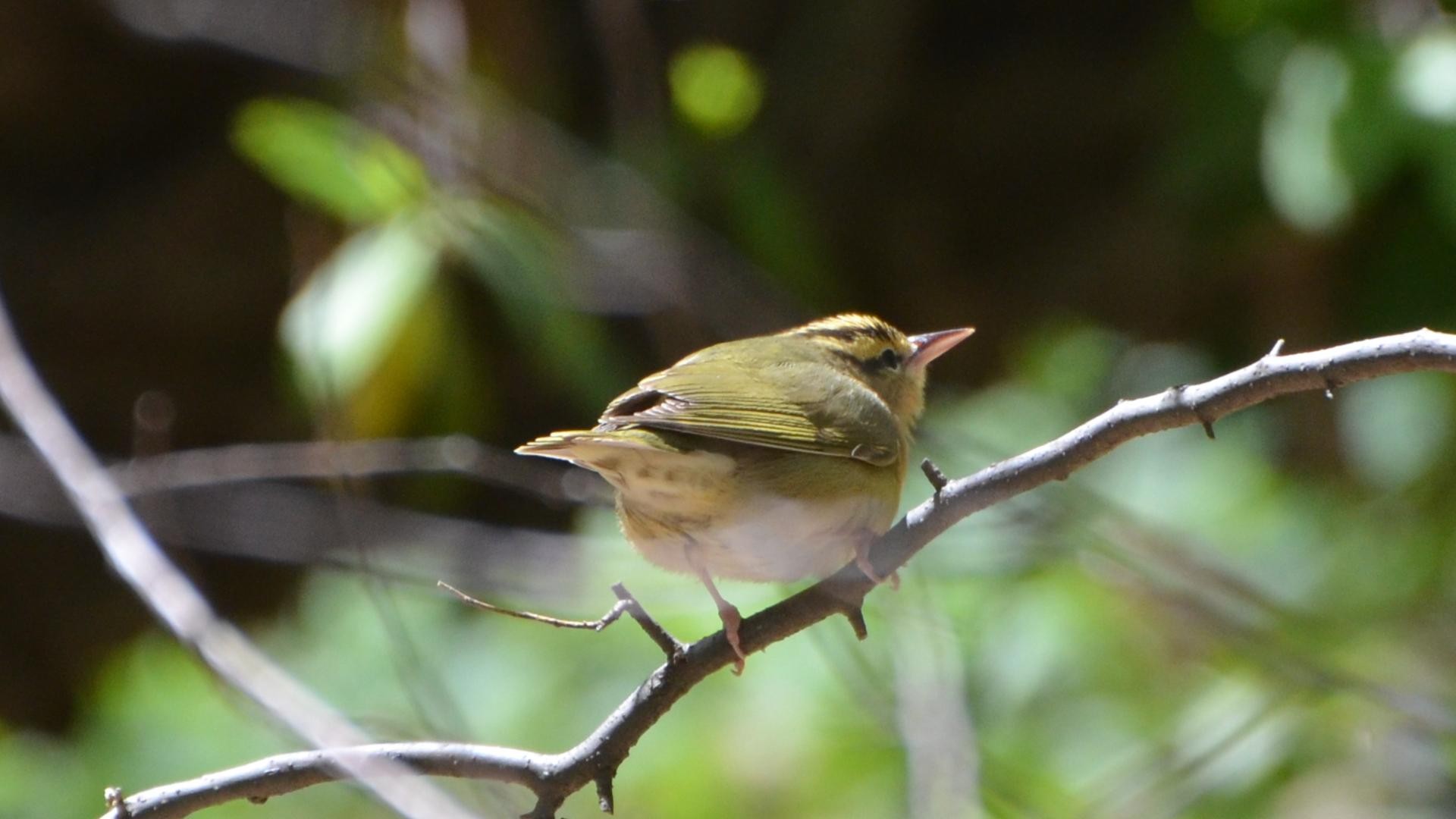 Where can I find worm-eating Warbler?
Where can I find worm-eating Warbler?
Where can I find worm-eating Warbler?
These birds breed in the Eastern United States. Their selected habitats vary significantly between populations. In much of their range, worm-eating warblers are associated with mature hardwood forests on steep slopes. However, recent attention has been focused on coastal breeding populations, as little is known about their ecology or status. Historically, coastal populations would select for pocosin ecosystems. More recently, however, these populations have shifted to frequent use of pine plantations. Current use of pine plantations has resulted in densities higher than in areas previously thought to be their natural habitat. This shift in habitat selection likely demonstrates that worm-eating warblers are more closely associated with shrub structure than stand age or size. If this is the case, the landscape changes that occurred on the Atlantic coastal plain may have had less of an impact on these birds than previously described. Maintaining this species habitat may require managing for dense shrubby midstory and understory. Due to their reliance on shrub structure for foraging, and ground nesting behavior, frequent fires have a negative impact on this species. Other management strategies that reduce the shrub mid-story, increase herbaceous growth, and decrease canopy cover are likely to have a similar effect. More information is needed about their breeding habits in coastal regions as these forests are likely to represent different conditions from their inland counterparts. Fat deposits play a key role in allowing for long distance migration in most passerines. Stopover habitat, or areas that allow birds to replenish their fat stores, are also critical. In winter, these birds migrate to southern Mexico, the Greater Antilles, and Central America particularly along the Caribbean Slope where they occupy both scrub and moist forests. Worm-eating warblers have disappeared from some parts of their range due to habitat loss but their ability to use both scrub and moist forest ecosystems may be beneficial to the long term conservation of this species.
People often ask
Related Searches

 Photo By Andy Reago & Chrissy McClarren , used under CC-BY-2.0 /Cropped and compressed from original
Photo By Andy Reago & Chrissy McClarren , used under CC-BY-2.0 /Cropped and compressed from original Scientific Classification
Phylum
Chordates Class
Birds Order
Perching birds Family
New world warblers Genus
Worm-eating Warblers Species
Worm-eating Warbler